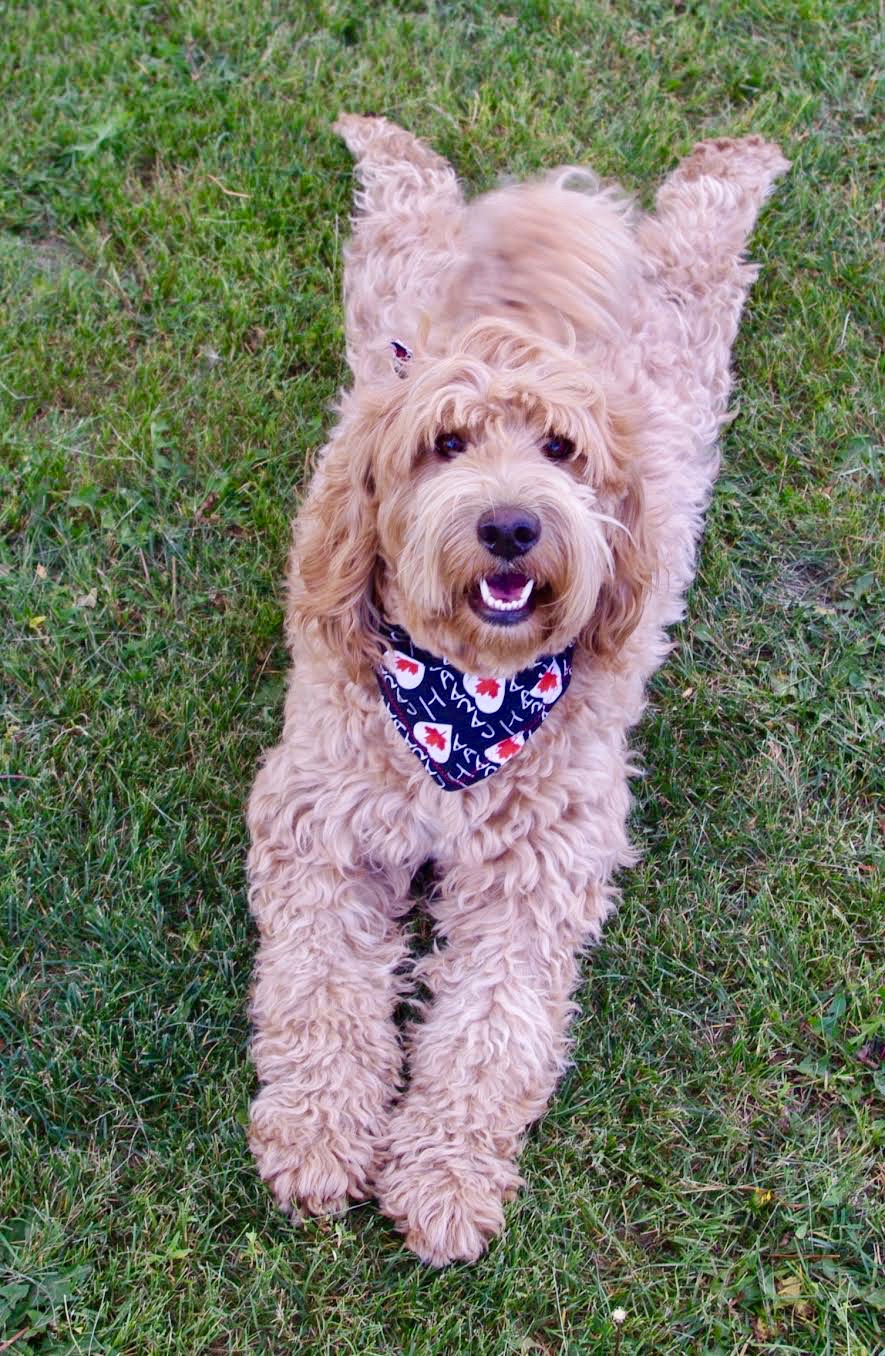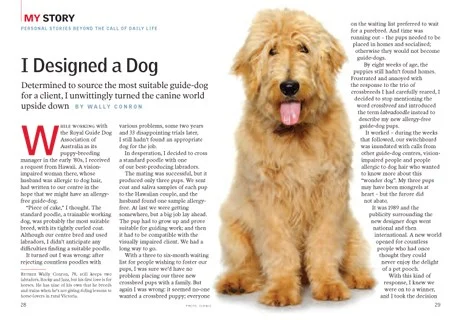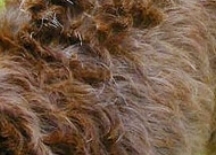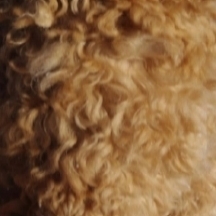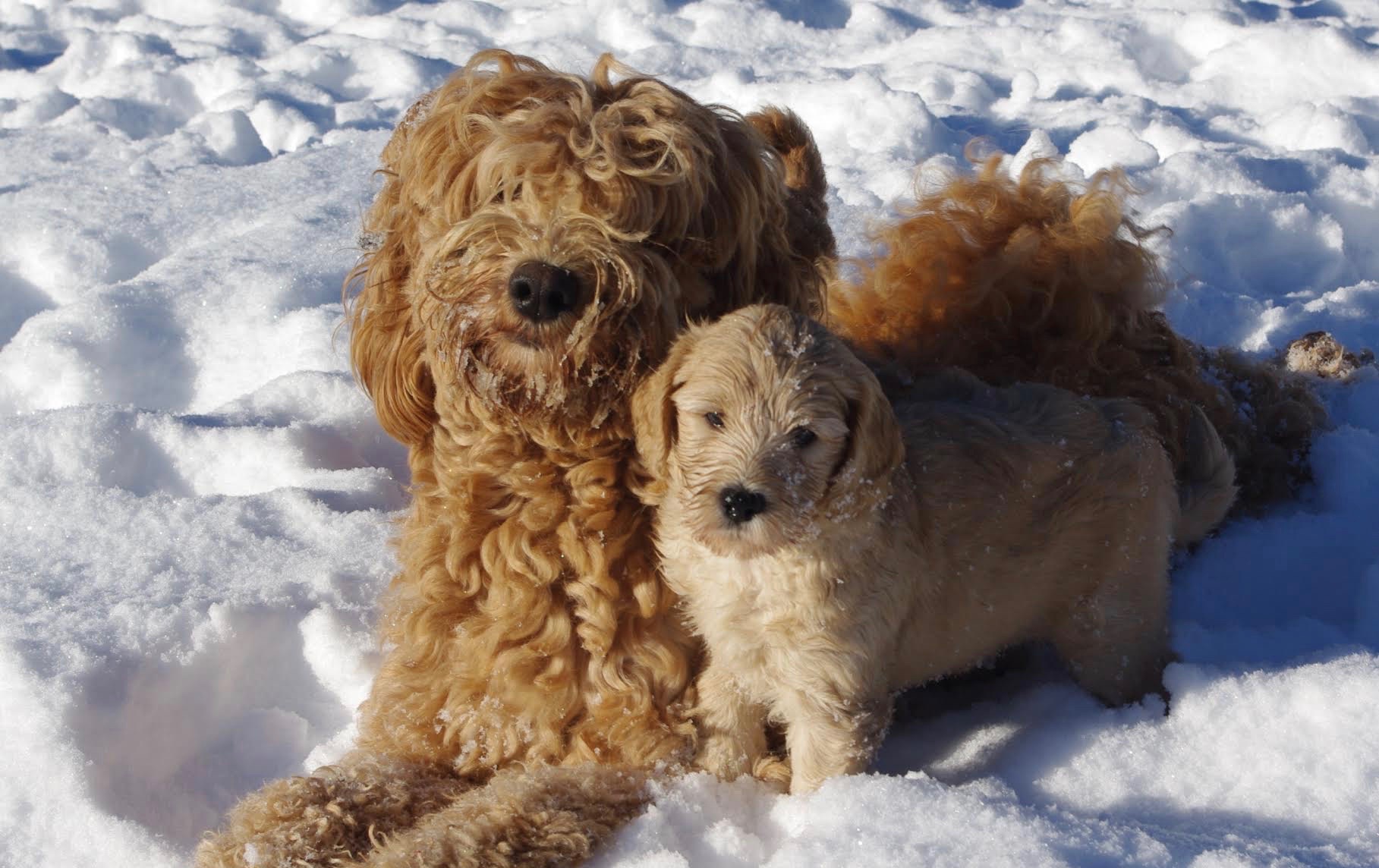
Chase Creek Labradoodles breeds Multigenerational Australian Labradoodles, typically with a soft, fleece coat and ranging from mini to medium sizes. This is to give you a better idea of what I am breeding from the following information, so you know if I am right for your family!
The History of Australian Labradoodles
The very first litter of Australian Labradoodle puppies was bred in, you guessed it, Australia in 1989 by a man named Wally Conron, who was the breeding manager for the Guide Dog Services in Australia. A vision impaired woman with a husband who was allergic to dogs had contacted Wally, to see if he could fulfill her request for a service dog. After numerous breedings between Poodles and Labrador Retrievers, Wally produced a puppy with an allergy friendly coat. This is when the breed became something highly sought after.
One of the main reasons that the Australian Labradoodle breed is so popular is because they are a very smart and easy to train dog and their coat is non-shedding, making them allergy friendly and one of the more up and coming breeds today! The Australian Labradoodle breed was further developed with the infusion of other breeds into the line such as the American and English Cocker Spaniel to add other desirable traits. While originally developed in Australia, Chase Creek takes pride on being a responsible breeder and are dedicated to the continued development of this wildly wonderful breed. Please check out Wally Conron's story, as he tells it best!
What is the difference between an Australian Labradoodle and a Labradoodle?
The Australian Labradoodle has a long lineage of at least three different purebred breeds which include the Labrador Retriever, the Poodle, and the English or American Cocker Spaniel. The Labradoodles are the original cross between a purebred Labrador Retriever and a purebred Poodle and are considered the original "designer dog."
In order to be classified as an Australian Labradoodle, a dog's pedigree must include these three breeds and it's awesome if it can be traced back to the kennels in Australia where the breed first originated. There are a few different categories that Labradoodles fall under based on how many generations they have been bred. At Chase Creek, I am in the realm of the multiple generations of breeding, or what I call multigens. I prefer this category because it usually produces some of the finest coats, temperaments and appearance. Most of today's Australian Labradoodle tend to be multigens.
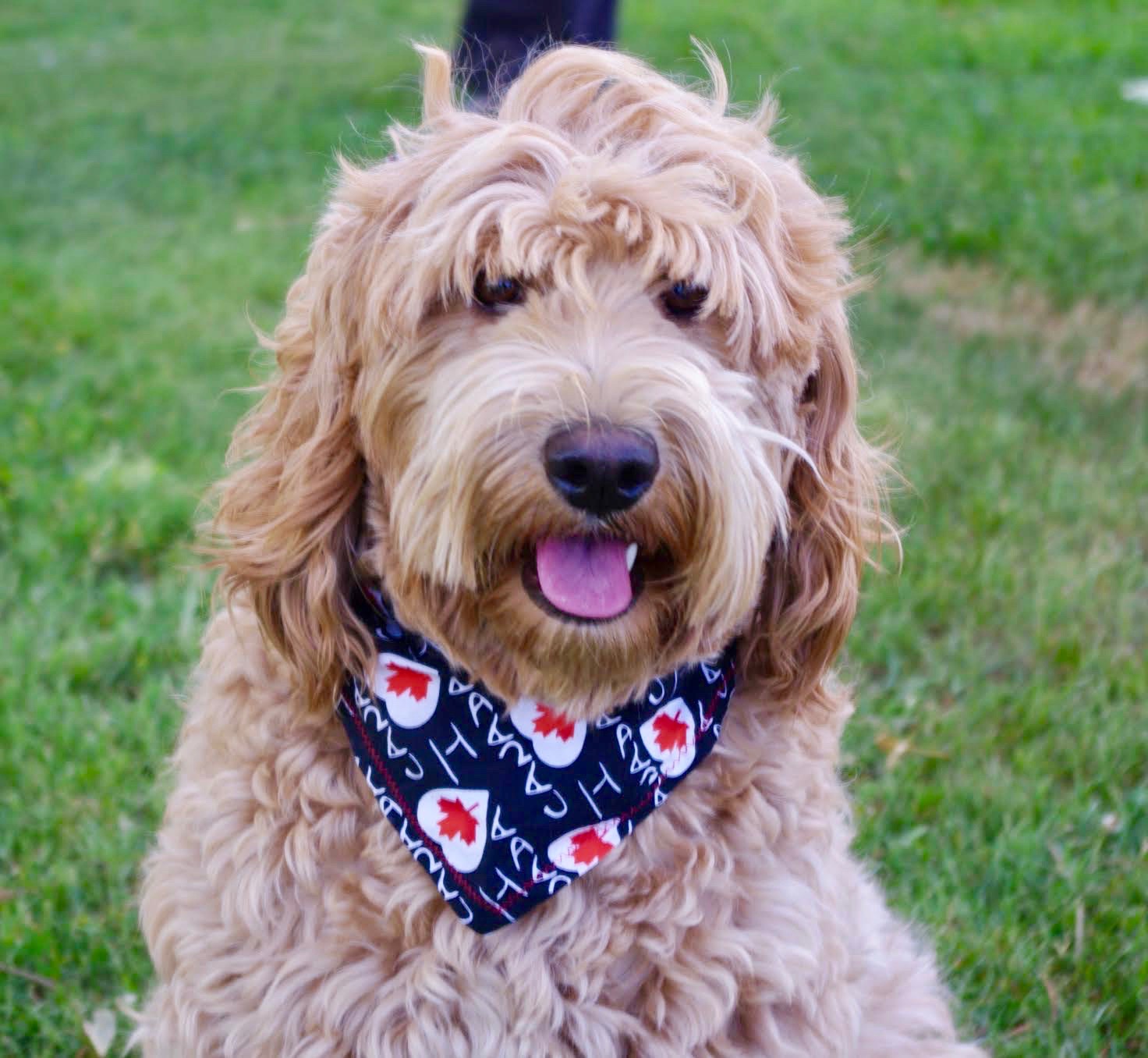
The Types of Crossings
F1 Crossing
F1 is called a "first cross" and would be a puppy from a Poodle parent and a Labrador Retriever parent. This is a breeding between two dogs that do not resemble each other, genetically, so these puppies have a huge variety of unpredictable coats from flat, hair, short coats to a more kinky, woolly, poodle coat. The fur can vary in length, thickness, and texture and ranges from completely non-shedding to shedding. Chase Creek Labradoodles does not breed F1 puppies due to the unpredictability of what can come from the F1 crossing.
F1B Crossing
F1B is considered a "back cross" and is a puppy from a F1 or a Multigen parent and a Poodle parent. These puppies' coats are can be perfect due to their Poodle parent, however the results are mixed as this is not a pairing between two genetically similar dogs. Their coats are typically low to non-shedding, but due to the variety of hair or wool coats, Chase Creek Labradoodles does not breed F1B puppies either.
Multigen
Multigenerational is a puppy with both parents who are Australian Labradoodles (or Labradoodles). These puppies are the result of a few generations of thoughtful breeding time, intentional health testing, and investment. They are low to non-shedding and allergy-friendly. Chase Creek breeds Australian Multigens because they are a very consistent result giving us a predictable look and temperament, so I can be congruent in my knowledge of my puppies and maintain my integrity as a breeder.
Coat Types
Hair Coat
This coat is also known as the flat coat and is no longer acceptable in the breed standards and can be a product of a F1 or F1B crossing, as discussed earlier.
Fleece Coat
This is the soft, silky coat I love and common coat of the Multigen Labradoodles and the coat I aim for in the Chase Creek Labradoodle standard.
Wool Coat
This is the thick, kinkier, poodle coat that is still around, however I don't see it very often in our breeding at Chase Creek as I love the fleece look for our dogs.
Confused about the sizes?
The height's to your left are based on the height of the adult Labradoodle's from the shoulders. An easy way to gauge the height of your future dog is to measure the different heights against a wall or a board and then you can have a better idea of the sizes in real life! Chase Creek Labradoodles don't typically breed larger than a medium to accommodate our families' lifestyles.
The Size Variations
Miniatures are 14”-16” tall and weigh 15-30lbs
Mediums are 17”-20” tall and weigh 30-45lbs
Standards are 21”-24" and weigh 45-65lbs
The Colours of the Australian Labradoodle Rainbow
With different sizes and coats, you can definitely bet that there are even more colours that come from this breed! Australian Labradoodles have so many different colours, I wouldn't be able to review them all here! There are solid colour coats and coats with patterns, such as parti, phantom, and white markings. There are slight variations in every color and even new colour traits being identified today. And just to keep me guessing, puppies might fade or darken as they mature. They can typically range from white, chalk, cream, apricot, caramel, parchment, red, cafe, chocolate, lavender, and black. And yep, you guessed it, there are even more I haven't listed.
At Chase Creek, I do my very best to predict types of colours that will come with each litter, but I can't guarantee any colour to any family. Though I have a very consistent range of coat types, sizes, and colours, I still can't predict nature and want to inform our families of this prior to when they begin listing preferences on my application. I like to think that the colours, like gender, are one of the few surprises left and I thoroughly enjoy the gift of surprise that comes from my lovely Labradoodle puppies.
